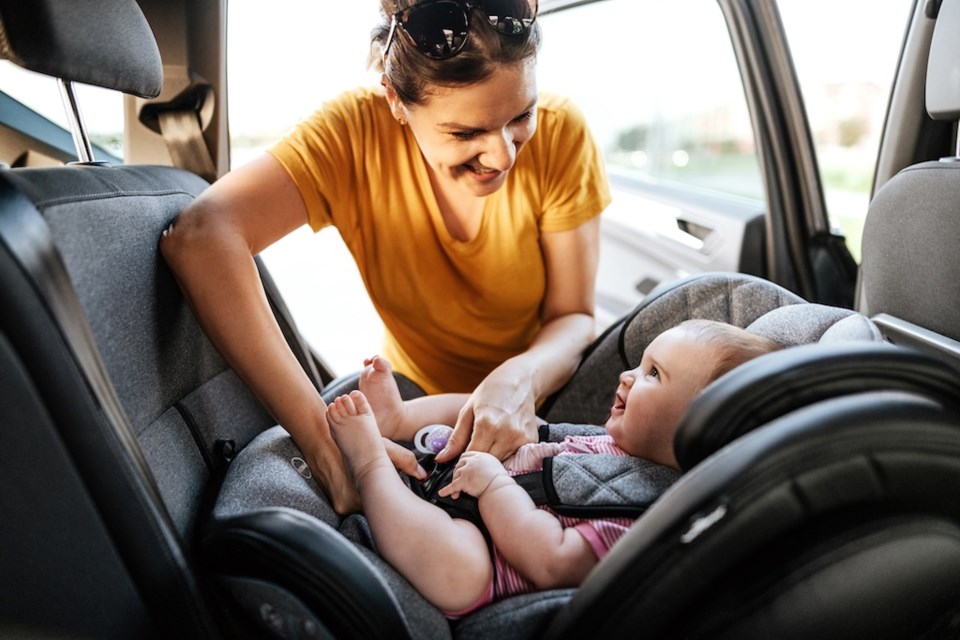As parents and caregivers, we all want to protect our children. However, even with the best intentions, car seat safety can be overlooked.
According to the National Digital Car Seat Check database, only one in four car seats are correctly installed. In addition, a consumer survey done by AAA Arizona and the National Safety Council found that only one in five caretakers seek expert help for car seat installation.
To address this issue, AAA Arizona is encouraging all caregivers to have their car seat inspected by nationally certified employee technicians, available at select AAA offices. This service can help ensure that car seats are properly installed and being used correctly.
“The fact that you bought a car seat means you want the best for the child you care for,” said Julian Paredes, spokesperson for AAA Arizona. “ Making sure it's installed correctly can help you reach that goal.”
Top car seat Mistakes to avoid
-
The wiggle test. If your car seat moves around too much, it’s probably not installed securely. A properly installed seat should remain stable with minimal movement when tested. A loose seat may fail to protect a child during a collision.
-
The overlooked strap. For forward-facing seats, an additional strap, known as the tether, is crucial. The tether prevents the seat from tilting forward in a crash, which significantly reduces the risk of head and neck injuries. Unfortunately, many caregivers forget to use it.
-
The pinch check. When securing your child in the seat, ensure the harness straps are snug. A good rule of thumb? Use your thumb! A simple way to test this is by trying to pinch the strap material at shoulder level. If you can pinch any excess, the strap is too loose. If you can’t it’s likely tight enough.
In addition to having car seats inspected, it’s important to ensure children are transitioned to different car seat types at the appropriate ages and sizes. Research shows that 25 percent of children are placed in booster seats too early, and 90 percent of kids using a regular (lap and shoulder) seat belt would be better protected in a booster seat or forward-facing car seat.
Boosting your car seat knowledge
To further educate parents and caregivers, free resources like the “Car Seat Basics” online course is available. The comprehensive program, developed by the National Safety Council in collaboration with the National Highway Traffic Safety Administration, covers every stage of child passenger safety, from rear-facing seats to the transition to seat belts.
“Ensuring your child is in the right seat and that it’s installed correctly is critical to their safety on the road,” Treanor said. “Taking the time to double-check your car seat setup could make a lifesaving difference.”
For more information on car seat safety, visit aaa.com/carseats.



